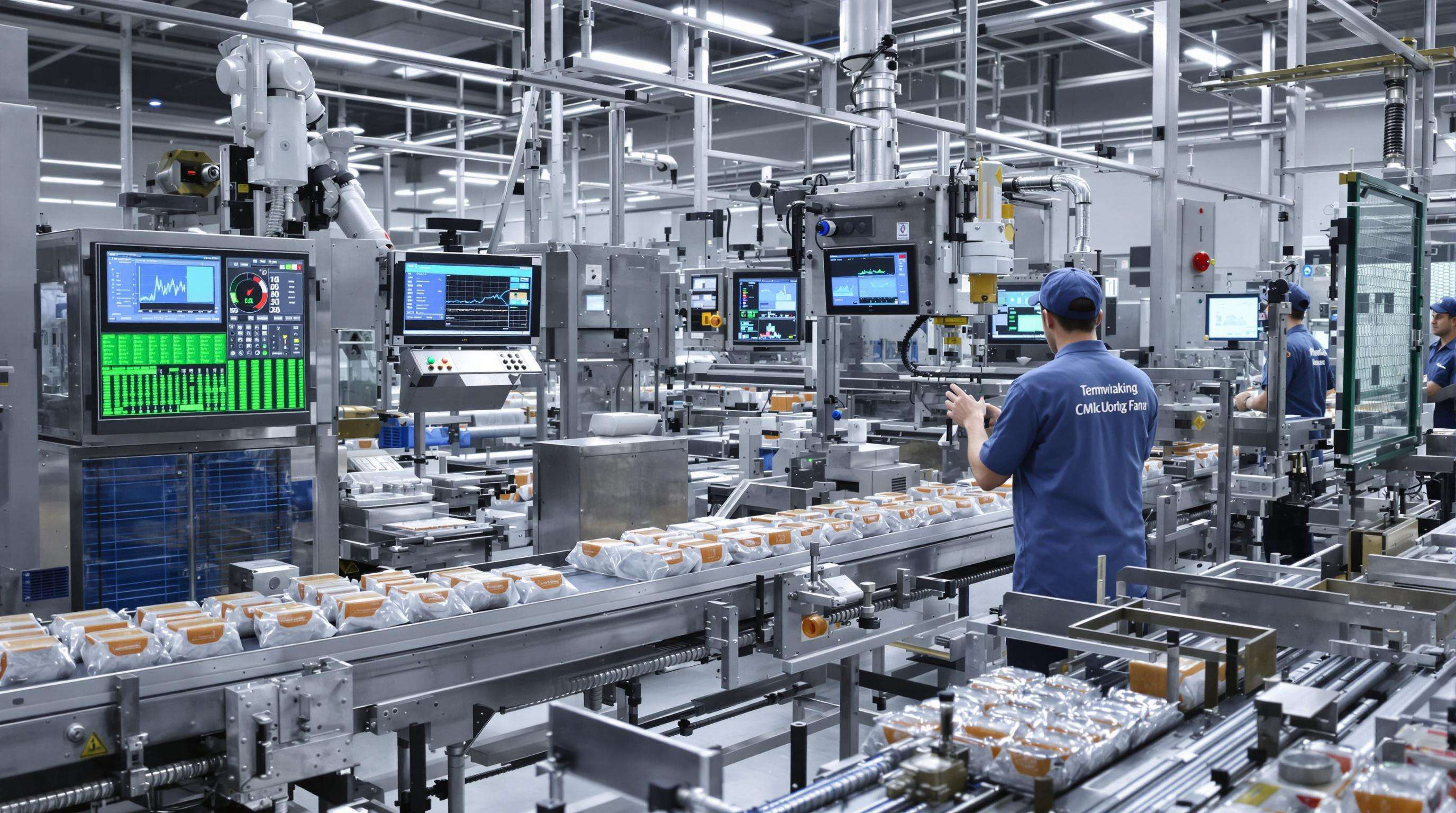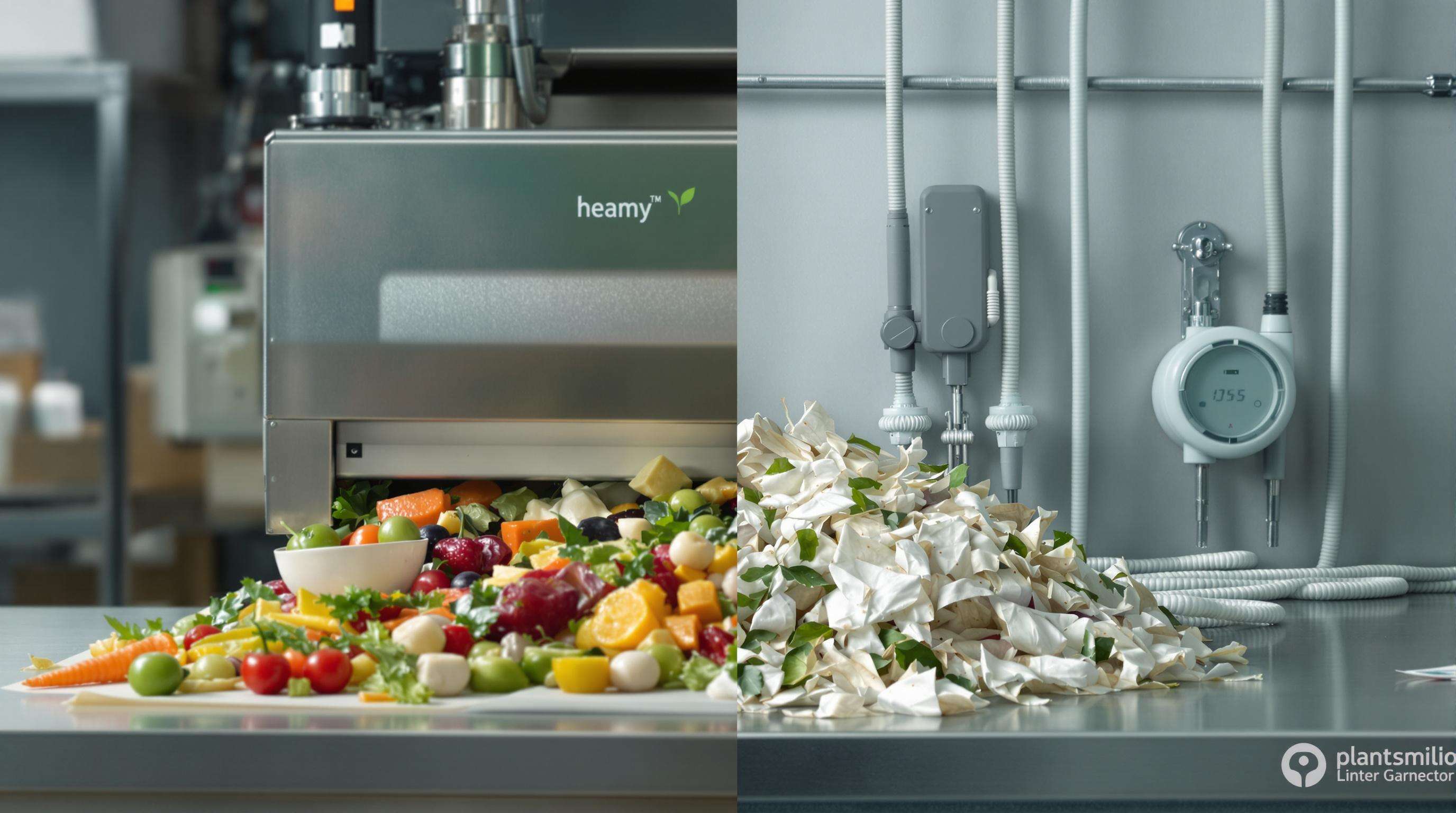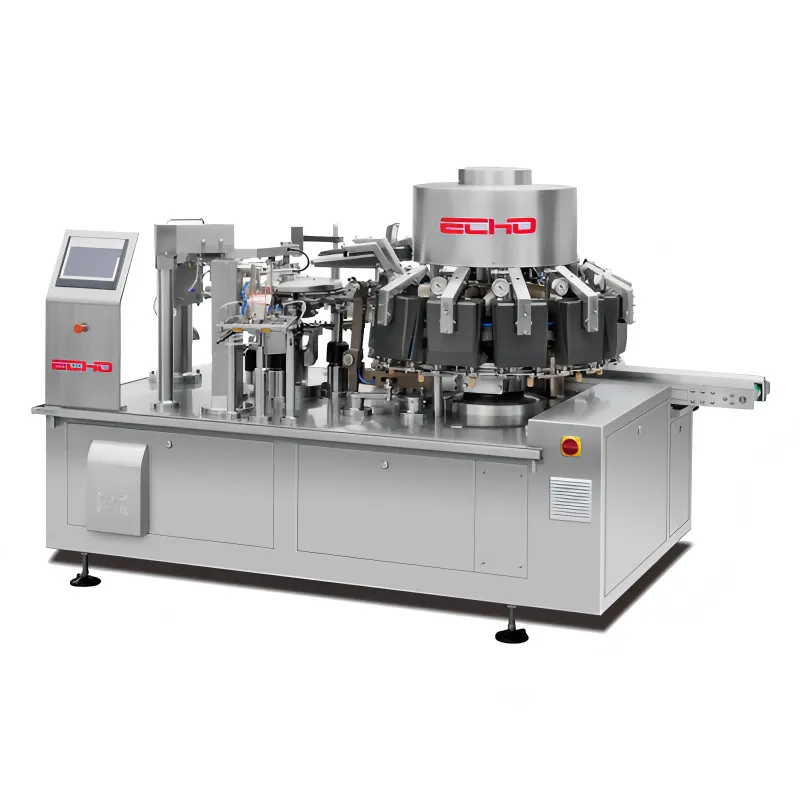Fundamental Shifts in Vacuum Packaging Machine Automation

Since 2020, the automated vacuum packing machine industry has developed in a new era of smart manufacturing. AI optimised sealing patterns can reduce material wastage by 15-30% in the new systems and intelligent linking to Industry 4.0 manufacturing management brings real time production adjustment and monitoring. This change is in response to the pressing needs of the industry for food safety requirement and the traceability of food products in perishable goods logistics.
The Rise of Smart Automation and AI Integration
Machine learning algorithms autonomously adjust gas flushing ratios and seal durations, achieving contamination detection accuracy rates exceeding 99.7% in meat packaging. AI-driven systems reduce product recalls by 40% compared to conventional optical inspection methods, maintaining strict HACCP protocols while scaling production throughput.
Internet of Things Connectivity in Modern Packaging Systems
Integrated IoT sensors continuously monitor oxygen levels, pressure differentials, and thermal sealing parameters across distributed packaging lines. This real-time data allows predictive maintenance interventions before seal quality degrades, cutting unplanned downtime by 35%. Smart factory architectures synchronize vacuum packaging workflows with upstream processing and downstream logistics through standardized MQTT protocols.
Market Growth Catalyzed by Industry 4.0 Adoption
The global vacuum packaging automation market is projected to grow at 8.9% CAGR through 2028, fueled by pharmaceutical manufacturers' 127% increased automation investments since 2021. Industry 4.0 adoption enables cross-platform ERP and packaging machinery interoperability, reducing changeover times by 62% when switching product formats.
Data-Driven Efficiency in Automated Packaging Operations
Advanced analytics optimize machine cycle times by correlating historical data with real-time environmental factors. Machine learning models achieve 18-22% faster packaging cycles while maintaining 99.94% seal integrity, automatically identifying throughput bottlenecks with OEE (Overall Equipment Effectiveness) reports.
Technological Innovations Reshaping Vacuum Packaging Machines
AI-Powered Quality Control Mechanisms
AI systems employ machine vision and neural networks for 99.7% defect detection accuracy across seals, as reported by Market Research Inc. (2025). Real-time oxygen sensors with AI controllers prevent compromised seals in 98% of cases, reducing food waste while ensuring HACCP compliance.
Robotic Integration in End-to-End Packaging Lines
Six-axis robotic arms now manage entire vacuum sealing workflows—from product orientation to final inspection. Collaborative robots (cobots) palletize finished products at 120 units/minute, reducing manual handling errors by 74% while enabling rapid format changes.
Meat Industry Transformation Through Automated Vacuum Packaging
HACCP Compliance via Automated Contamination Prevention
Optical sensors and gas composition analyzers detect contaminants like Listeria biofilms with 99.7% accuracy. Dual-pressure sealing chambers eliminate oxygen pockets while automated tracking logs humidity, temperature, and seal integrity for full audit compliance.
Production Scalability Solutions for Meat Processors
Modular platforms enable scaling from 500 to 15,000 units/hour without reconfiguring lines. Robotic loading arms adapt to variable product sizes, reducing labor-intensive repackaging by 68% during peak seasons while maintaining margin stability.
Sustainability Paradox in Vacuum Packaging Machine Automation

Energy Consumption Challenges vs. Waste Reduction Benefits
Automated systems reduce food waste by 18-25% but increase energy demands by 30-40%. Machine learning now optimizes idle-period energy use, cutting standby power drain by 65% while preventing 8-12 tons of annual meat spoilage per line.
Eco-Material Compatibility in High-Speed Packaging
Plant-based films and recycled polymers require 15-20% slower sealing speeds. Material-aware sensors automatically adjust settings for 95%+ compatibility across 42 sustainable substrates, maintaining speeds above 120 packages/minute with 99.5% seal integrity.
Future Strategic Roadmap for Intelligent Vacuum Packaging Machines
Predictive Maintenance Architecture Development
AI and IoT sensors forecast component wear with 92% accuracy, reducing unplanned downtime by 30%. Machine learning predicts seal bar failures, critical for maintaining hygiene standards in protein packaging.
Customization Strategies for Niche Industry Applications
Modular designs allow reconfiguration for diverse products—from artisan cheeses to industrial chemical packs. User-configurable AI templates automatically adjust oxygen scavenging and gas flushing based on product density and shelf-life needs.
Note: Redundant citations and duplicate links have been consolidated while preserving key benchmarks and authoritative sources.
FAQ
What is Industry 4.0 in the context of vacuum packaging?
Industry 4.0 in vacuum packaging refers to integrating smart technologies like AI and IoT to enhance automation and efficiency, enabling real-time monitoring and data-driven decision-making.
How does AI improve contamination detection in packaging?
AI uses machine learning algorithms to adjust sealing processes and gas ratios, achieving high accuracy rates in contamination detection, thus reducing product recalls.
What are the benefits of IoT integration in packaging systems?
IoT integration allows for continuous monitoring of packaging conditions, enabling predictive maintenance, reducing downtime, and synchronizing workflows across processing and logistics.
How is AI assisting in reducing energy usage in packaging?
AI optimizes energy use during idle periods and helps manage overall energy consumption, balancing the increase in energy demand with benefits like reduced food spoilage.
Table of Contents
- Fundamental Shifts in Vacuum Packaging Machine Automation
- Technological Innovations Reshaping Vacuum Packaging Machines
- Meat Industry Transformation Through Automated Vacuum Packaging
- Sustainability Paradox in Vacuum Packaging Machine Automation
- Future Strategic Roadmap for Intelligent Vacuum Packaging Machines
- FAQ

